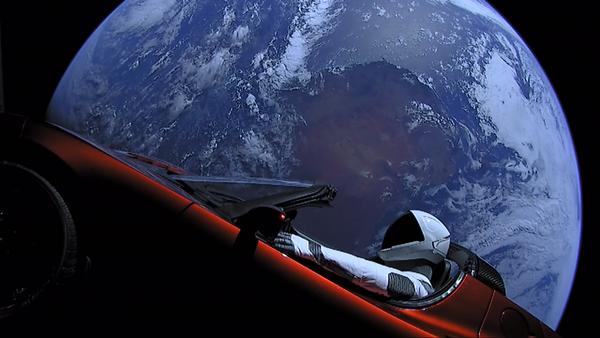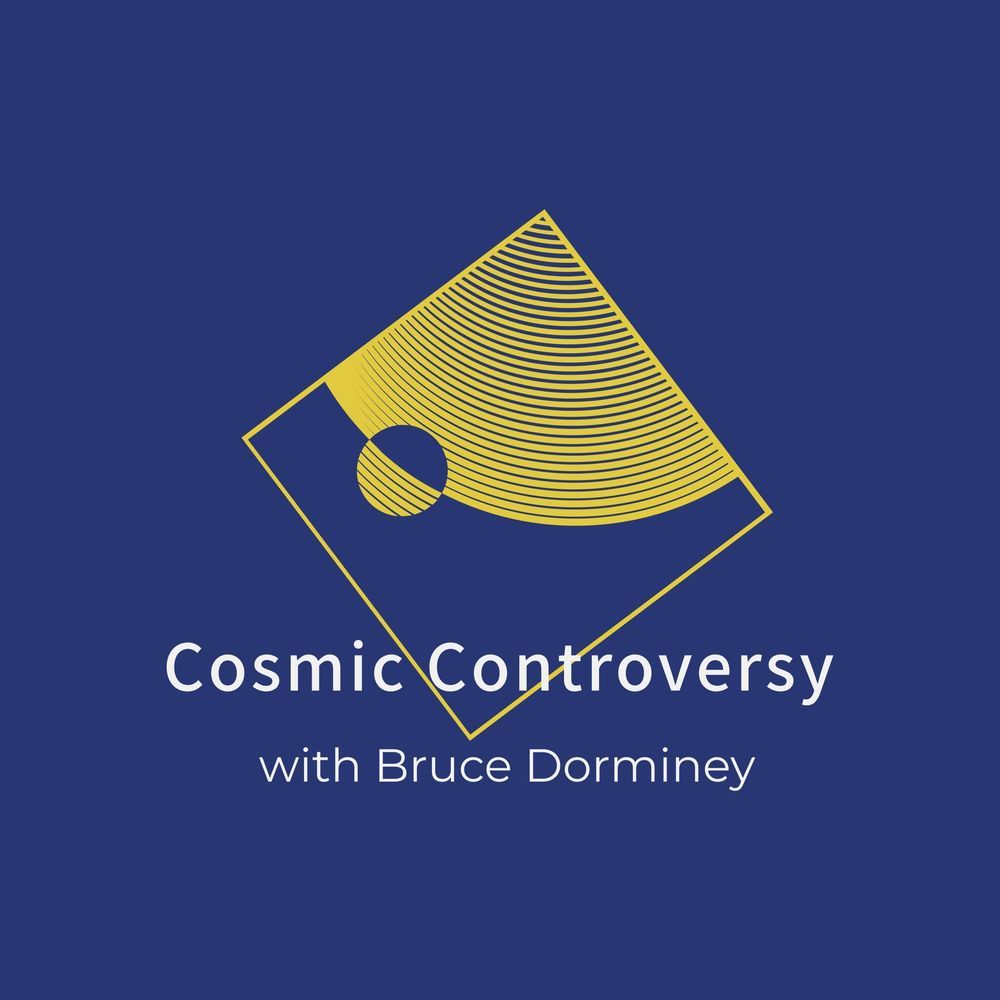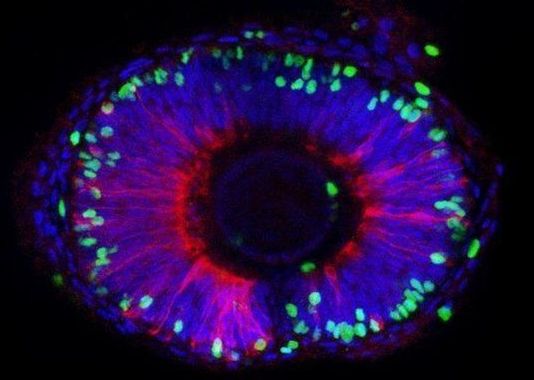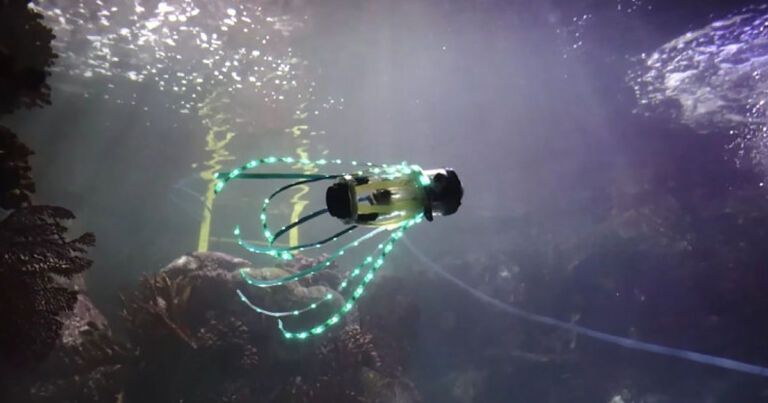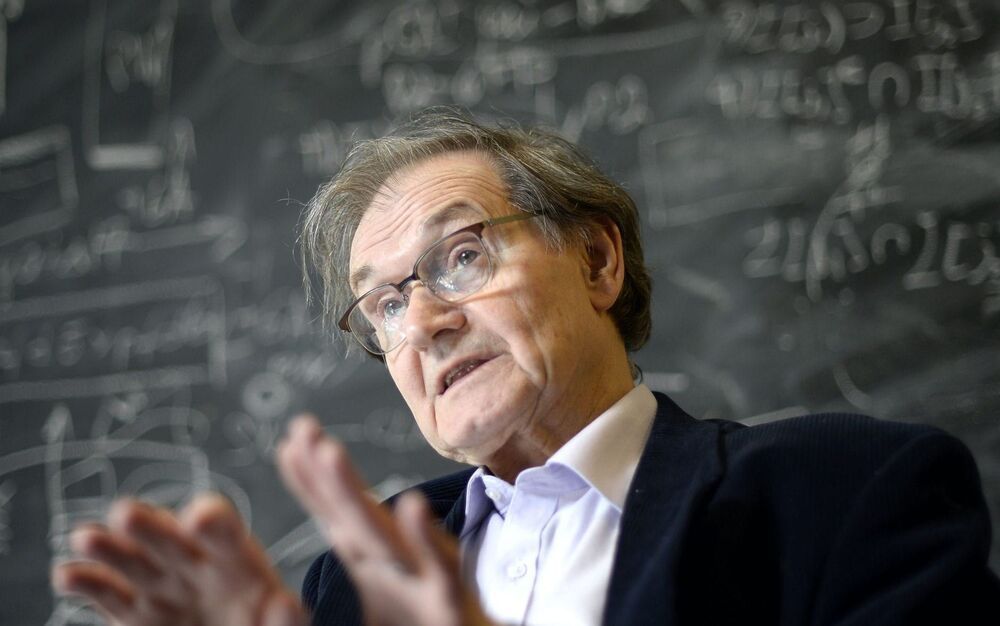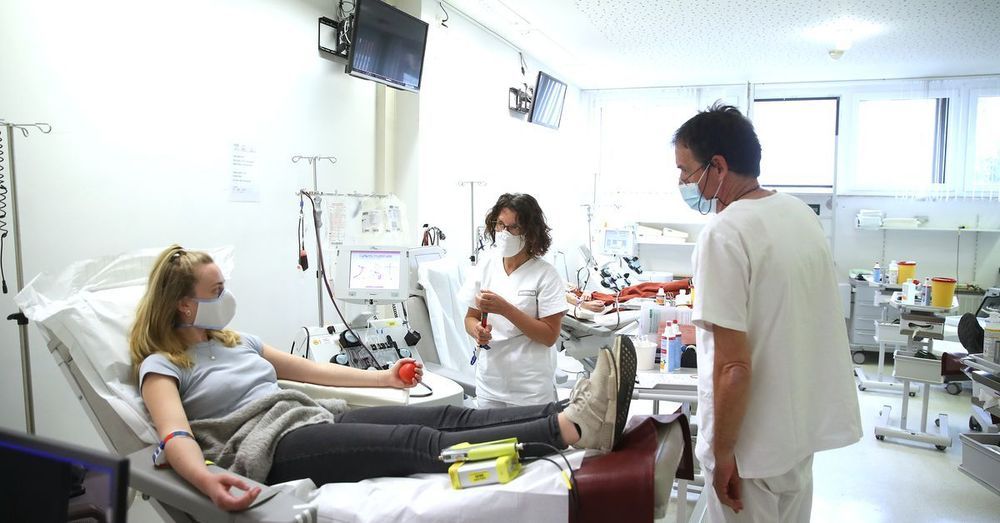Yes, it is True! A Tesla car is cruising space! The founder of SpaceX Elon Musk wanted to launch a ‘silly’ payload for SpaceX’s Falcon Heavy rocket debut flight because a rocket’s first flight has potential to fail. Typically, aerospace companies launch massive concrete blocks as mass simulators during risky rocket flights. As the dreamer that Musk is, he opted to launch something that would inspire the public to dream big and look at the stars — his flashy midnight cherry Tesla Roadster. The electric vehicle became the crazy payload for the rocket’s launch.
On February 6, 2018, SpaceX conducted Falcon Heavy’s debut flight; It lifted-off from historic launch Pad 39A at NASA Kennedy Space Center in Cape Canaveral, Florida. The successful test turned Falcon Heavy into the most powerful rocket in operation, it produced about five million pounds of thrust (22MN). During the mission, SpaceX shared Live footage as the Tesla Roadster was placed into orbit. It was a very inspiring to watch an actual car orbiting around Earth with, a mannequin dressed as an astronaut, positioned in the Tesla driver’s seat; while the radio played “Life on Mars” by David Bowie (video below). After the awe-inspiring launch, Musk wholeheartedly said — “Life cannot just be about solving one sad problem after another. There need to be things that inspire you, that make you glad to wake up in the morning and be part of humanity. That is why we did it. We did for you.”
